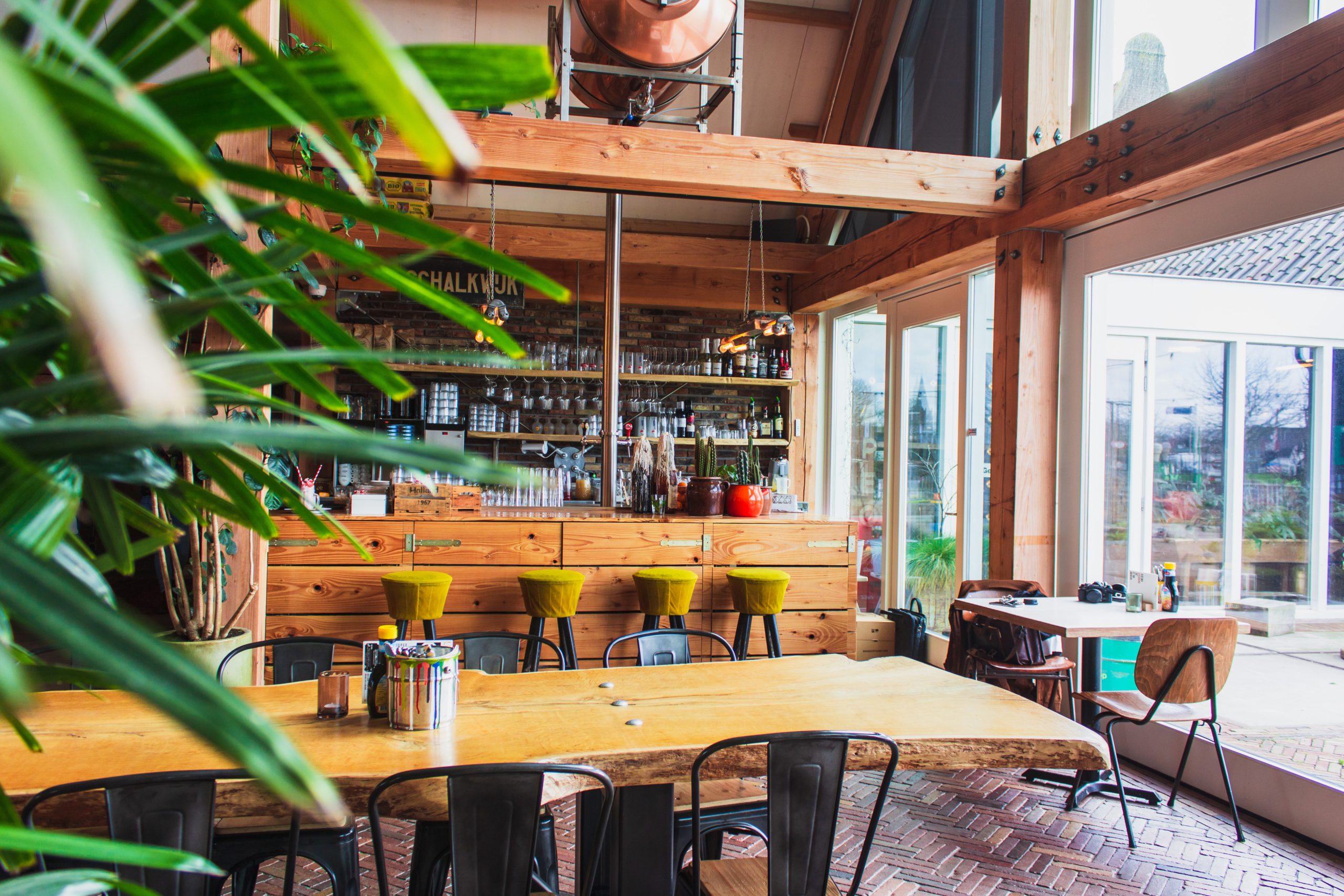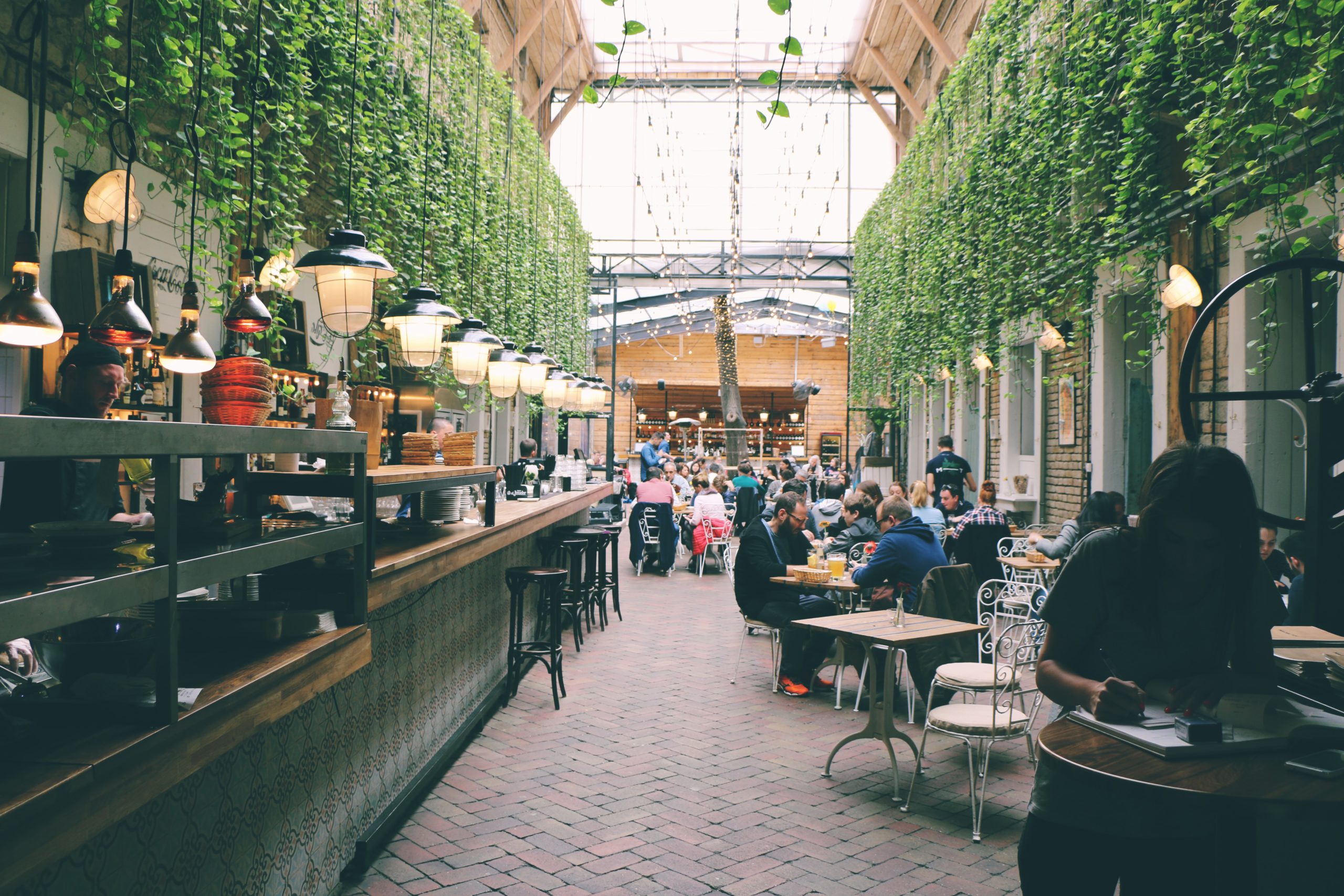

A Restaurant’s Guide to Composting – Commercial v. DIY
Indoor composting is tricky. Composting involves the breakdown of organic material, and if you aren’t careful, this can result in bad smells and unwanted pests.
Before starting your compost journey, it’s important to understand the difference between pre- and post-consumer composting. Pre-consumer refers to things like vegetable scraps, coffee grounds, and egg shells, which can break down with little intervention. Most general food waste, including food scraps and compostable packaging, require a more technical solution known as post-consumer composting or commercial composting.
On-Site Commercial Composting
Electric commercial composting is a solution unknown to many, but it is growing in popularity. Using a combination of aeration, mechanical agitation, heat, and naturally-occurring microbes, food waste is transformed into fertiliser – often in just 24 hours. Our favourite Australian manufacturers are Closed Loop, a zero-waste system which has already impressed some of the world’s best chefs. Keep an eye out for their home composter, coming soon.
Without question, commercial composting is the stronger option. It outperforms DIY composting in all areas – it can handle much higher volumes of waste, it breaks down waste faster, and the risk of odour is lower. The downside, of course, is the price tag.
DIY Indoor Composting
For those who want to join the compost revolution but can’t justify the expense, worry not! We’ve created a step-by-step guide below to creating your very own on-site compost solution. IMPORTANT: this option is not for everyone. Compost can create unpleasant smells, even if you manage it properly. If you don’t have the space, we recommend finding a different solution.
Step 1: Make sure that composting is allowed on your property! Consult your Waste Management Plan, the EPA, or your local council if unsure.
Step 2: Choose your bin’s location. It should be far away from customers, in an area with good airflow.
Step 3: Select your bin. If you are purchasing one, move on to step three. If you are making one yourself, start with a plastic bin with a tight-fitting lid. Drill 20-30 ¼” holes in the top to allow air flow, and the bottom to allow drainage. Place your bin a tray large enough to collect liquid run-off.
Step 4: Add soil to your bin. Microbes in the soil are what break down the organic material. You need to be able to cover any waste you add to the bin in soil, so we recommend filling your bin around 35-45%.
Step 5: Keep some extra soil nearby, as well as a tool to turn your compost.
Step 6: Educate your staff (and yourself) on what can and can’t be composted. If you aren’t sure, there is a wealth of knowledge online. We recommend The Spruce’s list.
Step 7: If you ever need any advice, reach out! We are always happy to share our knowledge, discuss strategies, and come up with green solutions.
If you have the space to compost, it’s one of the best things you can do to reduce waste.
Whether you have the space for your own composter or partner with a compost service, there has never been a better time to get involved in the fight against waste.